#nasa moon rocket launch
Text
নাসার মুন রকেটের দ্বিতীয় উৎক্ষেপণের উদ্যোগ বাতিল
নাসার মুন রকেটের দ্বিতীয় উৎক্ষেপণের উদ্যোগ বাতিল
নাসার নতুন আর্টেমিস আই মুন রকেটের উৎক্ষেপণ স্থগিত হওয়ার পর সম্ভাব্য দীর্ঘ বিলম্বের সম্মুখীন হচ্ছে। এটি হলো, নাসার মুন রকেটের দ্বিতীয় উৎক্ষেপণের উদ্যোগ বাতিল।
স্পেস লঞ্চ সিস্টেম (SLS) যানটি উঠানোর জন্য কন্ট্রোলাররা শনিবার আবার চেষ্টা করে ব্যর্থ হয়েছেন। কিন্তু জ্বালানি লিক বন্ধ করতে পারেনি।
প্রকৌশলীদের এখন রকেটটি পরিদর্শন করতে হবে। যেকোন সম্ভাব্য মেরামত লঞ্চ প্যাডের পরিবর্তে ওয়ার্কশপে…
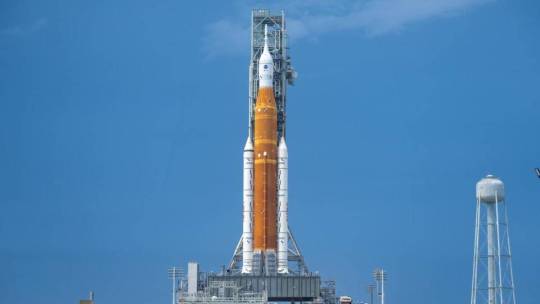
View On WordPress
#artemis#artemis 1#artemis 1 launch#artemis 1 mission#artemis 1 rocket launch#artemis 1 rocket launch florida#artemis 1 rocket launch scrubbed#artemis launch#artemis launch 2022#moon rocket#nasa artemis 1 rocket launch#nasa artemis 1 rocket launch scrubbed#nasa artemis launch#nasa moon mission#nasa moon rocket artemis 1 launch#nasa moon rocket launch#nasa moon rocket launch date#nasa rocket launch#rocket launch#space launch system
2 notes
·
View notes
Text

Moonbound: One Year Since Artemis I
On this day last year, the Artemis I rocket and spacecraft lit up the sky and embarked on the revolutionary mission to the Moon and back. The first integrated flight test of the rocket and spacecraft continued for 25.5 days, validating NASA’s deep exploration systems and setting the stage for humanity’s return to the lunar surface.

On Nov. 16, 2022, the Space Launch System (SLS) rocket met or exceeded all expectations during its debut launch on Artemis I. The twin solid rocket booster motors responsible for producing more than 7 million pounds of thrust at liftoff reached their performance target, helping SLS and the Orion spacecraft reach a speed of about 4,000 mph in just over two minutes before the boosters separated.

Quite a few payloads caught a ride aboard the Orion spacecraft on the Artemis I mission: In addition to a number of small scientific satellites called CubeSats, a manikin named Commander Moonikin Campos sat in the commander’s seat. A Snoopy doll served as a zero-gravity indicator — something that floats inside the spacecraft to demonstrate microgravity.
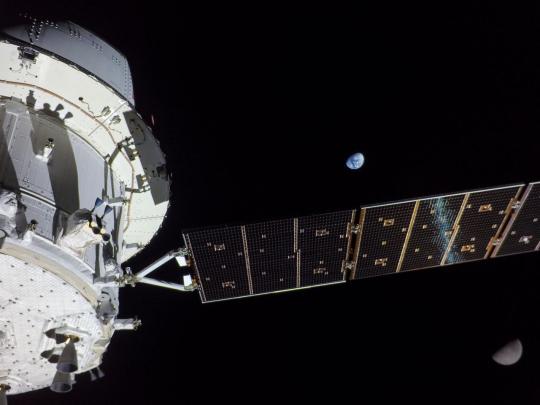
During the mission, Orion performed two lunar flybys, coming within 80 miles of the lunar surface. At its farthest distance during the mission, Orion traveled nearly 270,000 miles from our home planet, more than 1,000 times farther than where the International Space Station orbits Earth. This surpassed the record for distance traveled by a spacecraft designed to carry humans, previously set during Apollo 13.
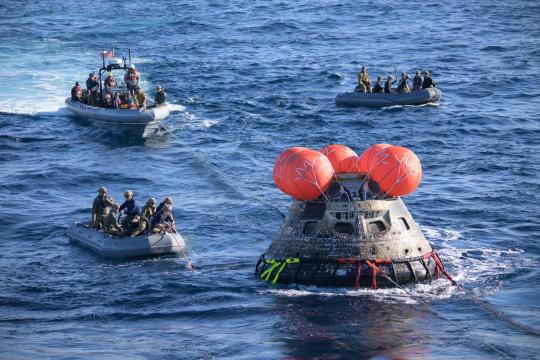
The Orion spacecraft arrived back home to planet Earth on Dec. 11, 2022. During re-entry, Orion endured temperatures about half as hot as the surface of the Sun at about 5,000 degrees Fahrenheit. Within about 20 minutes, Orion slowed from nearly 25,000 mph to about 20 mph for its parachute-assisted splashdown.
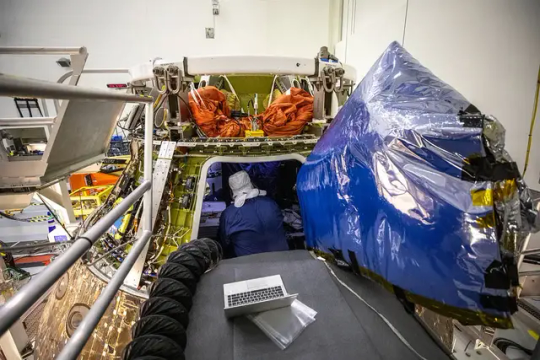
Recovery teams successfully retrieved the spacecraft and delivered it back to NASA’s Kennedy Space Center for de-servicing operations, which included removing the payloads (like Snoopy and Commander Moonikin Campos) and analyzing the heat shield.
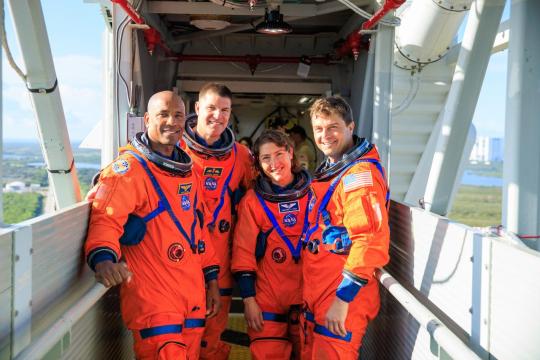
With the Artemis I mission under our belt, we look ahead to Artemis II — our first crewed mission to the Moon in over 50 years. Four astronauts will fly around the Moon inside Orion, practicing piloting the spacecraft and validating the spacecraft’s life support systems. The Artemis II crew includes: NASA astronauts Reid Wiseman, Victor Glover, and Christina Koch, and CSA astronaut Jeremy Hansen.
youtube
As we look ahead to Artemis II, we build upon the incredible success of the Artemis I mission and recognize the hard work and achievements of the entire Artemis team. Go Artemis!
Make sure to follow us on Tumblr for your regular dose of space!
#Artemis#Rocket#Anniversary#Launch#NASA#Space#Moon#Lunar#Astronaut#Apollo#Orion#Spacecraft#Space Launch System#STEM#science#tech#technology#on this day#Youtube
2K notes
·
View notes
Text
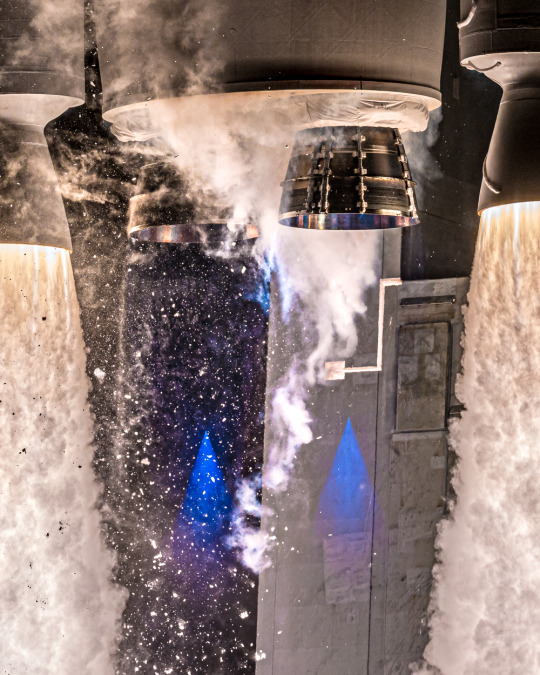

Liftoff of ULA Vulcan l John Kraus
l First U.S. commercial robotic launch to the Moon l ULA(United Launch Alliance) l more info at NASA
#rocket launch#vulcan#ULA#astrophotography#nasa#artemis mission#moon#science#stars#solar system#astronomy#galaxy#planet#cosmos#universe#sky
635 notes
·
View notes
Text

Imagine being millions of miles away and looking back to your home planet. This is earth and our moon.
#moon#astronomy#nasa#astronomers#universe#astrophotography#nasa photos#astrophysics#outer space#nasawebb#hubble space telescope#space travel#international space station#rocket launch#i love astronomy#astronomy facts#astrography#astro notes#astro community#astro observations#planetary science#science facts#space science#science#galaxies#galaxy#cosmos#space exploration#space#spacecraft
194 notes
·
View notes
Text
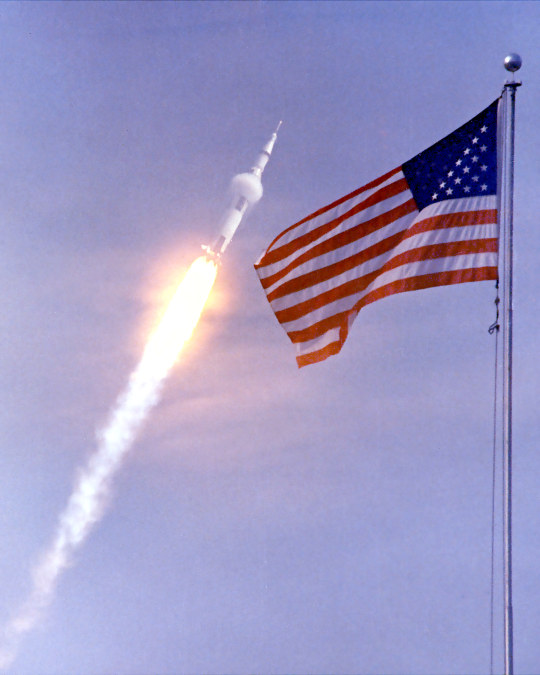
Apollo 11 Launch - 16 July 1969
#NASA#Apollo 11#Saturn V#Rocket#Kennedy Space Center#Launch Complex 39A#Spaceflight#American Flag#Space race#Moon landing#spacecraft#Moon mission
215 notes
·
View notes
Text
OKAY SO
I HAVE TO TALK ABOUT THE WHOLE SENDING CREMAINS TO THE MOON THING
If you haven't heard about it, a bunch'a dead people (cremated) (just a teaspoon or less of each) are going to the Moon, where they will stay forever. They left this morning, riding up on a United Launch Alliance rocket for Peregine Mission One, technically out of Pittsburgh, PA but launched as usual from Florida.
There are five NASA payloads on the mission, so Science is Happening. That’s cool, I’m all for it. But I, and it turns out the Navajo Nation, are not very cool with the Elysium and Celestis parts of the deal, which is sending a hundred something dead people’s remains up there.
I’m against it because while I’m all for scattering cremains in nature—returning your carbon to the cycle—and I’m all for cemeteries and tombs, this won’t be either; there’s not any breaking down, there’s not any cycle, and there’s no hallowed ground.
The Navajo Nation, in the letter they wrote to NASA in December, is against it because to them the Moon is sacred. You don’t just drop corpses on sacred things, basically. They weren’t asking to stop the mission, just to be consulted about how to handle it with grace; their request was denied. NASA couldn’t have done anything for them, anyway, because this isn’t a NASA mission even if they’re sending payloads up.
So the Magical Flying Husband and I good-naturedly Got Into It on the topic, on Saturday, and we still don’t quite agree. To my mind, it’s gross and tacky to throw a Space Rubbermaid full’a cremains up there. There were already the remains of one single person on the moon, as Eugene Shoemaker’s ashes went up with the Lunar Prospector thirty-something years ago. He was a scientist who trained Apollo astronauts about what to expect when they reached the Moon; a geologist with his eyes on the stars. Having him up there doesn’t oog me out. Having a bunch of randos who only get to go there because their families have the money for it, that oogs me out.
And then there’s just the pure metaphysical aspect; we put gates around our cemeteries for a reason. We make specific places out to be the resting places of the dead, so that we can say here are the dead and here the dead are not. Most of the religions or belief systems which have the dead remain in the home, on altars or in special (holy!) rooms within the building, also have requirements for attendance on those lost relatives. Incense, prayer, attention.
You can’t do that if you lawn-dart Grandma onto the Moon.
So throwing a bunch of bodies into a place where they will never degrade, without marking out land as “this specific place is where our dead go,” is either a hugely expensive method of littering, or it makes the whole Moon into a cemetery.
So the MFH and I have this discussion, back and forth, and then we realize we don’t really have any data. How many people are going up? Who are they? What’s the deal? So I looked it up.
There are two companies sending cremains on this trip, Celestis and Elysium. Both of them have (frankly, tacky) websites selling you the ability to send Grandma to the Moon.
Celestis starts you at about three thousand US dollars to put some ashes onto a payload that goes up, and then comes down again; the equivalent of tying her to an Estes rocket that you launch from the park, only this is a proper spacegoing rocket that gets up there. She just doesn't get to take the whole ride.
Further Celestis packages allow you to put Grandma into orbit, send Grandma to the Moon, or send Grandma out into Deep Space.
(Reading that aloud is the point where the MFH's ears really quirked. It is very difficult and very expensive to get something properly into Deep Space. That offering is bullshit, and can't not be bullshit, and this is where the MFH decided probably this whole thing was more than a little scammy.)
The Orbit Grandma package is particularly romantic; the orbit she'll be put into is a degrading one, so that after some time spinning around our gorgeous blue marble, she'll reenter the atmosphere and become a visible shooting star.
(The MFH said "Is there going to be a big enough payload to be visible with the naked eye? What amount of matter is required for that?" and then we had to do Math about it. Of course, it's not just Grandma who would be on that bus, it's another hundred people or whatever; the image appears to show a hundred or more thimbles of cremains stored separately in basically a large cube container. So maybe the size of a soccer ball? I think it would be visible. It is, however, impossible to say "look there, and you'll see Grandma!" so while it would be visible to someone, it's not going to be something you can make sure to see.)
Elysium offers all the same packages, with slightly different names. But unlike Celestis, Elysium has a little row at the bottom of the page with photographs of previous launches. They've done this before, they're saying, and Grandma is safe with them.
So I looked up the launches, and found a Wikipedia page on them. And oh my god. That's where my ears quirked, and then I started cackling, and the whole slightly-fractious discussion with the MFH absolutely dissolved into macabre jokes.
Because, yeah, there have been two previous launches. One of them failed to reach orbit. A payload of Grandmas was put onto the next one, to make up for the failure.
The second launch, which was to be a Shooting Star trip for the god knows how many people that the first launch failed? That one made it to orbit! All good, right? Now Grandma can orbit for a while, and then immolate for a second time, this one much more spectacular and high-velocity than the first?
ABSOLUTELY not.
Because of licensing issues.
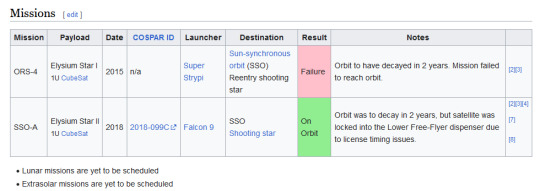
(image: two columns of text describing Elysium launches: ORS-4 Elysium Star I, launched on a Super Strypi, was destined for reentry failed to reach orbit.
SSO-A Elysium STar II, launched on a Falcon 9, was destined for reentry and made orbit successfully. "Orbit was to decay in 2 years, but satellite was locked into the Lower Free-Flyer dispenser due to license timing issues." )
Grandma is stuck in the dispenser. Grandma's in a gacha-gacha that just spins around and around and around and around, never releasing its prize to her glorious conflagration.
Because of licensing issues.
I'm siding with the Navajo Nation with this one, either way, but I have to wonder if those folks are actually getting to the Moon as planned.
#space#people are stupid as fuck#bad science#moon#Luna#rocket launch#NASA#how the fuck do I even tag this dystopian nightmare
105 notes
·
View notes
Text


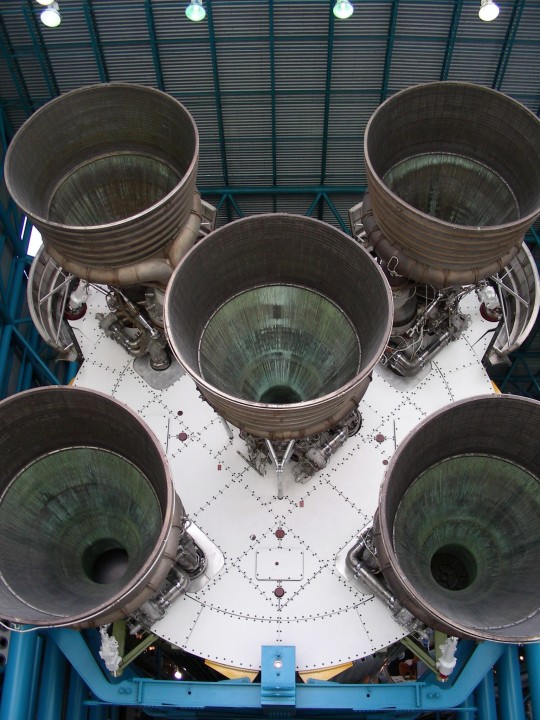
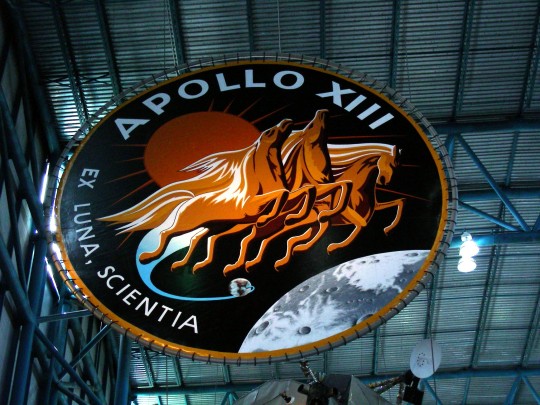
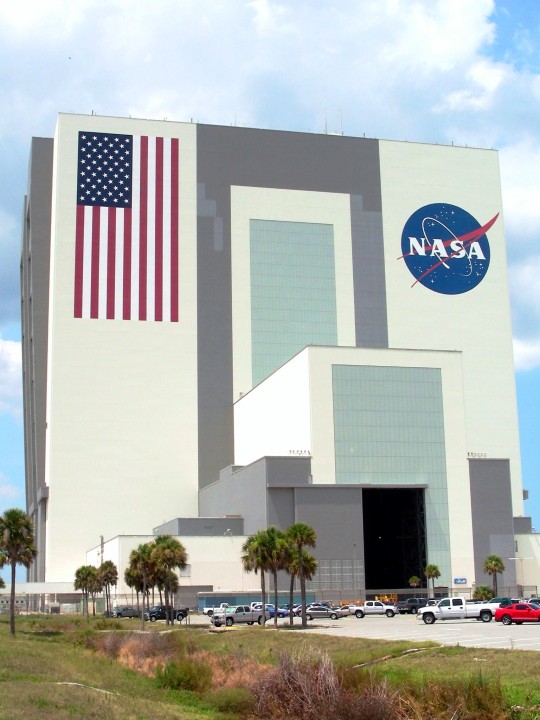
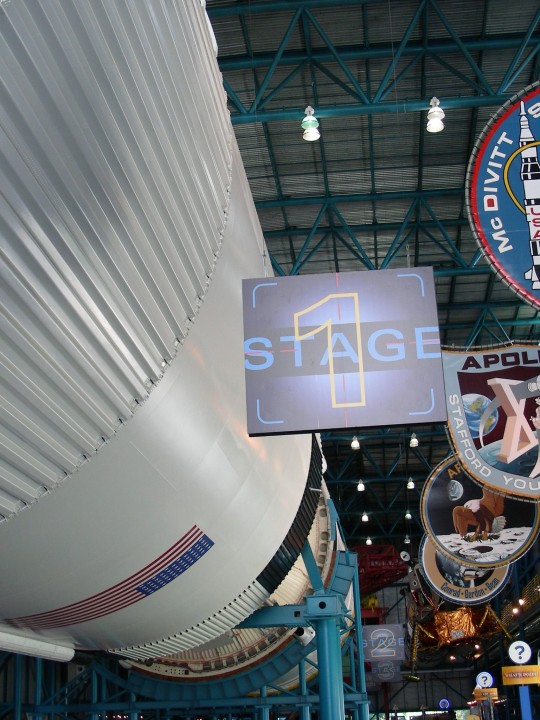
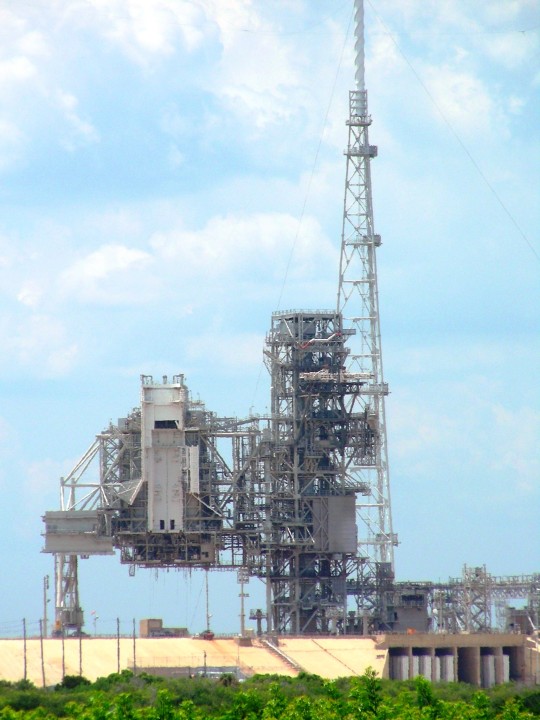




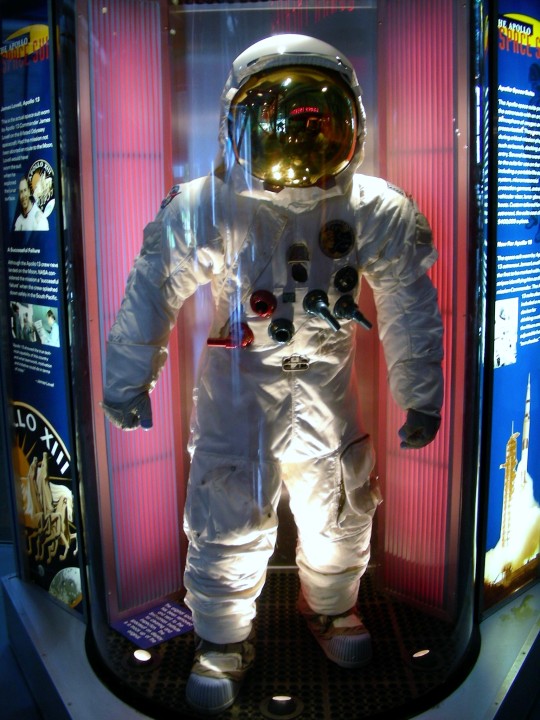

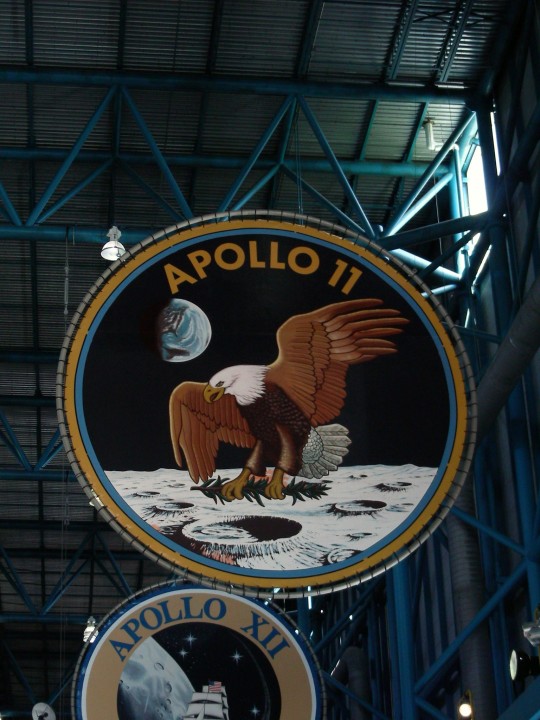
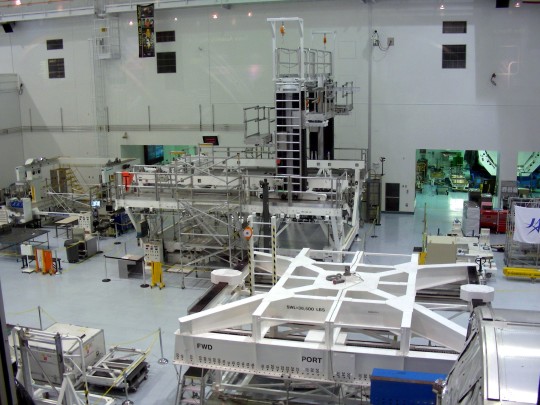

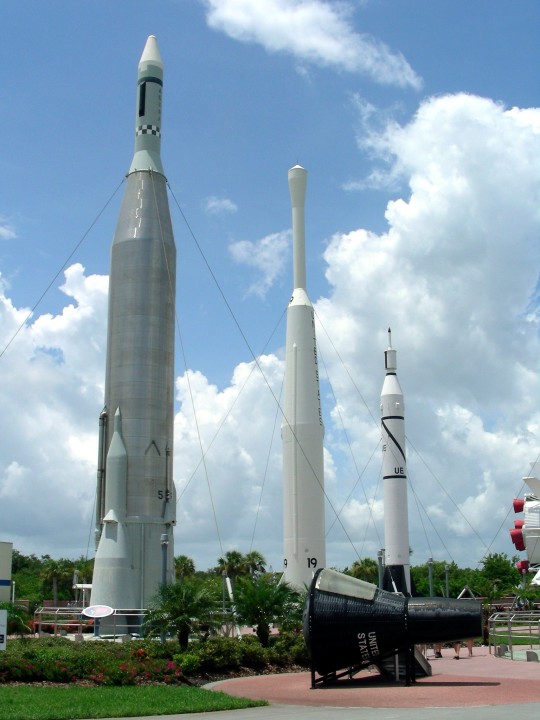


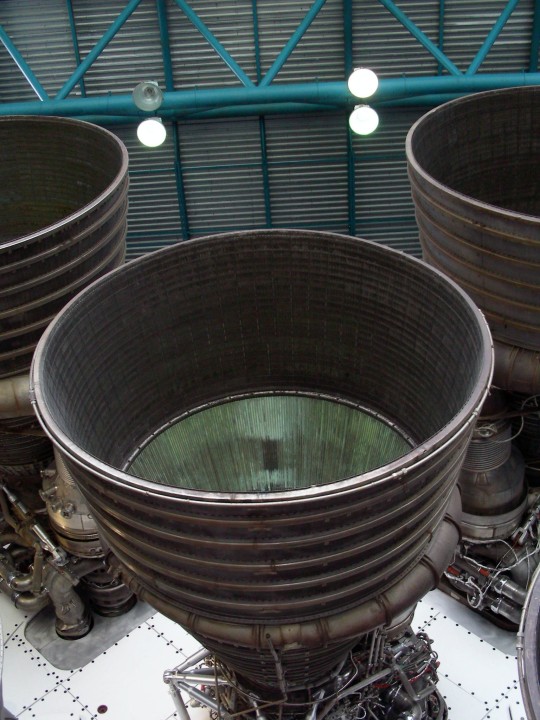
NASA was created to replace NACA on October 1, 1958.
#NASA#created#1 October 1958#anniversary#US history#logo#USA#summer 2009#2010#original photography#Florida#landmark#vacation#travel#tourist attraction#Saturn V moon rocket#interior#exterior#Kennedy Space Center Visitor Complex#Launch Complex 39B (LC-39)#vehicle assembly building#space suit#National Aeronautics and Space Administration#NACA#Apollo 14 Command Module#Launch Complex 39A (LC-39)
229 notes
·
View notes
Text
Artemis I liftoff
#sls#nasa#rocket#launch#space launch system#moon#Artemis 1#Artemis I#aerospace#engineering#srb#finally
978 notes
·
View notes
Text
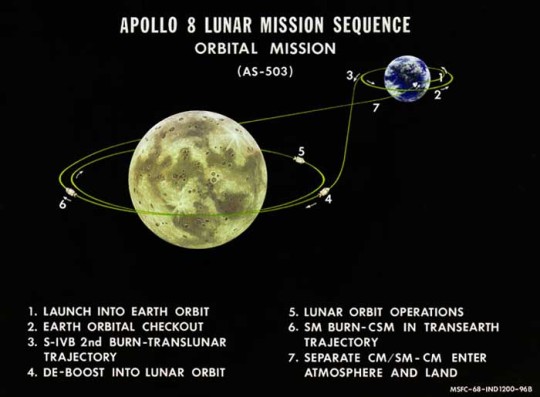
Diagram highlighting the key aspects of the Apollo 8 (AS-503) orbital lunar mission.
Date: December 1968
NASA ID: MSFC-68-IND 1200-96B
#Apollo 8#Apollo CSM Block II#CSM-103#Lunar Module#Lunar Module Test Article#LTA-B#Saturn V#SA-503#Rocket#NASA#Apollo Program#C Prime-type Mission#Lunar Orbit#Moon#Launch#December#1968#infographic#my post
46 notes
·
View notes
Text

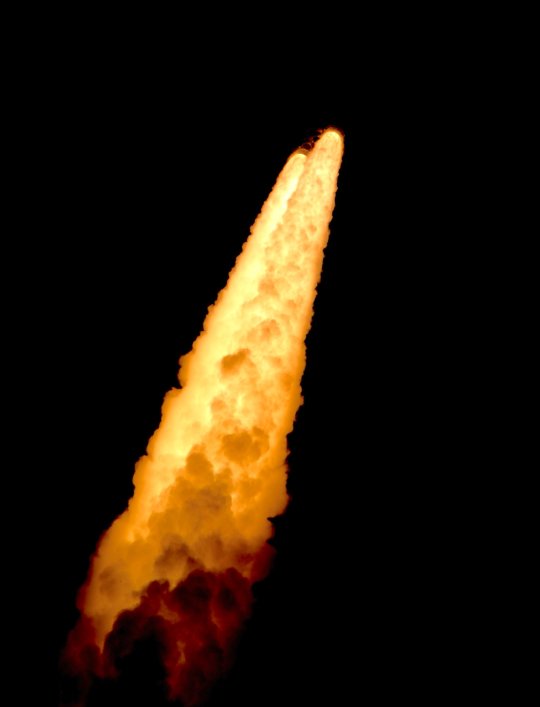
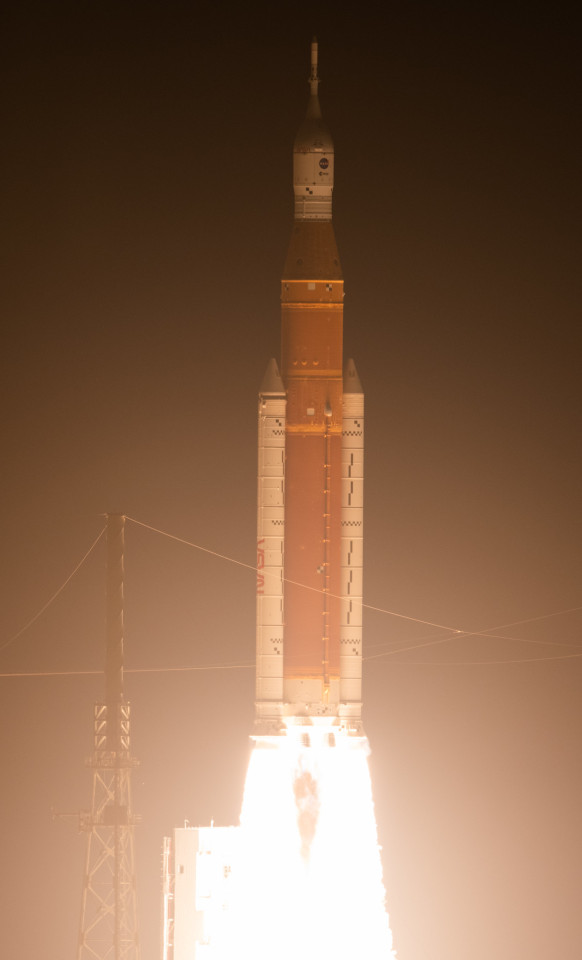
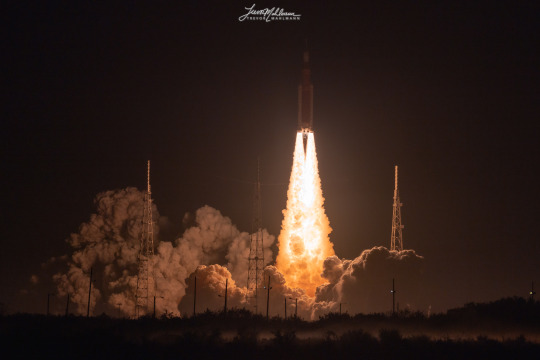
Credit: ESA photographer Stephane Corvaja, NASA HQ Photo and Trevor Mahlmann
#nasa#space#photography#artemis#artemis 1#artemis I#orion#orion spacecraft#moon#moon mission#science#launch#rocket#my post
220 notes
·
View notes
Text

Standing tall. The Saturn V rocket stands at Launch Pad 39A in preparation for Apollo 11, July 1969. The 363-foot tall rocket was flown between 1967-73. It launched 9 crewed flights to the moon & also Skylab, the 1st 🇺🇸 space station. As of this date, it remains the only rocket to carry humans beyond low earth orbit.
#saturn v#launch pad#1969#apollo 11#rockets#astronaut#space travel#nasa#1960s#aerospace#rocketry#space exploration#astronauts#space race#space age#space#moon landing#vintage space#apollo program#space flight#spaceman#space program#project apollo#space history#cape canaveral#kennedy space center
118 notes
·
View notes
Text
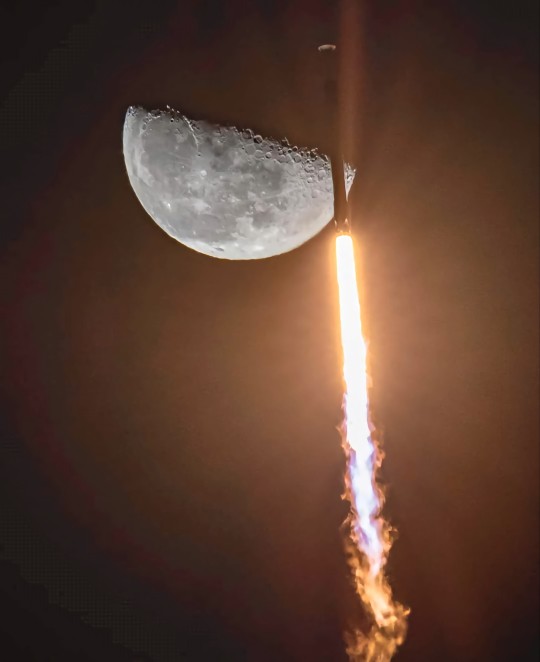
#spacex#space exploration#outer space#space#rocket launch#nasa#nasa picture of the day#nasa photos#moon#luna#the moon
15 notes
·
View notes
Text
Rockets, Racecars, and the Physics of Going Fast

When our Space Launch System (SLS) rocket launches the Artemis missions to the Moon, it can have a top speed of more than six miles per second. Rockets and racecars are designed with speed in mind to accomplish their missions—but there’s more to speed than just engines and fuel. Learn more about the physics of going fast:

Take a look under the hood, so to speak, of our SLS mega Moon rocket and you’ll find that each of its four RS-25 engines have high-pressure turbopumps that generate a combined 94,400 horsepower per engine. All that horsepower creates more than 2 million pounds of thrust to help launch our four Artemis astronauts inside the Orion spacecraft beyond Earth orbit and onward to the Moon. How does that horsepower compare to a racecar? World champion racecars can generate more than 1,000 horsepower as they speed around the track.

As these vehicles start their engines, a series of special machinery is moving and grooving inside those engines. Turbo engines in racecars work at up to 15,000 rotations per minute, aka rpm. The turbopumps on the RS-25 engines rotate at a staggering 37,000 rpm. SLS’s RS-25 engines will burn for approximately eight minutes, while racecar engines generally run for 1 ½-3 hours during a race.

To use that power effectively, both rockets and racecars are designed to slice through the air as efficiently as possible.
While rockets want to eliminate as much drag as possible, racecars carefully use the air they’re slicing through to keep them pinned to the track and speed around corners faster. This phenomenon is called downforce.

Steering these mighty machines is a delicate process that involves complex mechanics.
Most racecars use a rack-and-pinion system to convert the turn of a steering wheel to precisely point the front tires in the right direction. While SLS doesn’t have a steering wheel, its powerful engines and solid rocket boosters do have nozzles that gimbal, or move, to better direct the force of the thrust during launch and flight.

Racecar drivers and astronauts are laser focused, keeping their sights set on the destination. Pit crews and launch control teams both analyze data from numerous sensors and computers to guide them to the finish line. In the case of our mighty SLS rocket, its 212-foot-tall core stage has nearly 1,000 sensors to help fly, track, and guide the rocket on the right trajectory and at the right speed. That same data is relayed to launch teams on the ground in real time. Like SLS, world-champion racecars use hundreds of sensors to help drivers and teams manage the race and perform at peak levels.

Knowing how to best use, manage, and battle the physics of going fast, is critical in that final lap. You can learn more about rockets and racecars here.
Make sure to follow us on Tumblr for your regular dose of space!
#NASA#Artemis#Moon#Space Launch System#rocket science#space#exploration#Moon 2024#rocket testing#racecar#tech#technology#motorsport
1K notes
·
View notes
Text

The First Launch of Vulcan l John Kraus
#ULA#vulcan#rocket launch#astrophotography#astronomy#nasa#artemis mission 2#galaxy#solar system#moon#planets#stars#night#sky#space#universe
443 notes
·
View notes
Text


NASA’s Orion has become the first human-rated spacecraft in 50 years to visit the Moon! The last time one enjoyed this view was in 1972. Incredible. We are going!
“On Nov. 21, 2022, a camera on Orion's solar array wing captured this view of the spacecraft, the Earth and the Moon. Orion was making its outbound powered flyby of the Moon as part of the Artemis I mission, approaching within 80 miles of the lunar surface. Artemis I, the first flight test of NASA's Orion capsule and Space Launch System rocket, launched Nov. 16, 2022, and is scheduled to splashdown Dec. 11.” - NASA
#artemis#nasa#space#space launch system#spaceflight#spacecraft#engineering#science#wearegoing#nasa sls#nasa artemis#artemis1#moon#orion#rocket#lunar#lunar eclipse#earthrise#earthset
138 notes
·
View notes